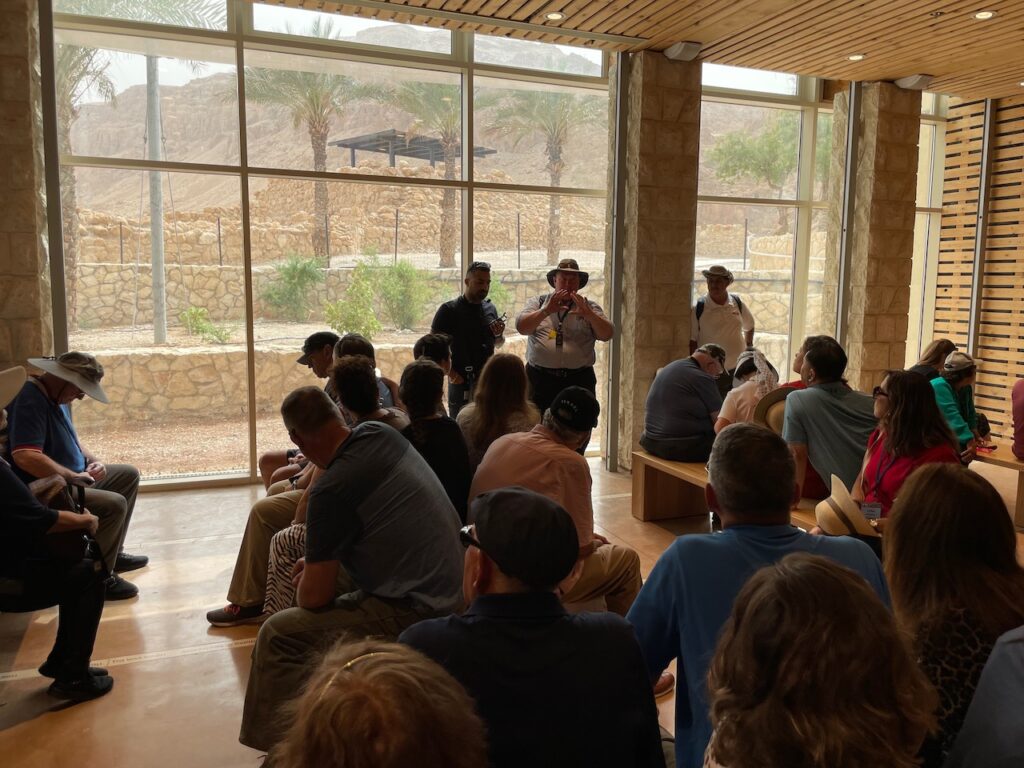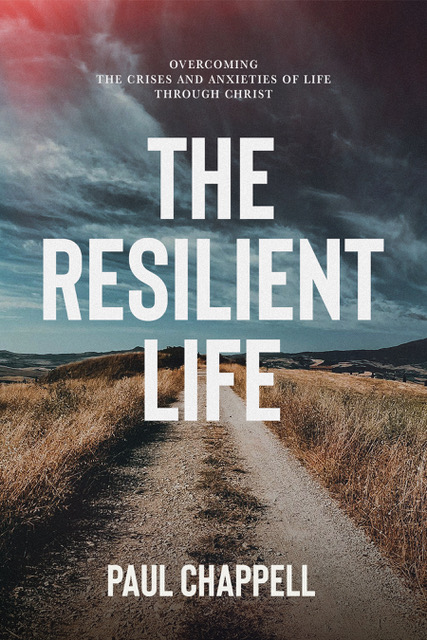



Qumran
This is the place where the Dead Sea scrolls were found in sealed in air tight clay jars.
Jeremiah 32:13–14—13 And I charged Baruch before them, saying, 14 Thus saith the LORD of hosts, the God of Israel; Take these evidences, this evidence of the purchase, both which is sealed, and this evidence which is open; and put them in an earthen vessel, that they may continue many days.
This passage many scholars believe is what gave the Essenes the idea of preserving their documents in earthen vessels sealed up for them to continue for many days. What makes these copies of the Scriptures and other documents so vital, is that before their discovery, the oldest Hebrew copy of Scriptures was in the 8th century A.D.
Discovery of the caves at Qumran
They were accidentally discovered in 1947, when a Bedouin shepherd boy went after one of his goats that went into a cave, he threw stones into the cave to chase out the goat, and head something break like pottery. This is when the first cave was discovered with clay jars. From that point a cloak and dagger story unfolds how the scrolls finally got the archeologists and into the hands of the Israelis government.
The Essenes
The Essene faction of Jewish sects, that rose up during the inner-testament period, are an enigma among the Jewish sects. Their name has been suggested to mean: “Holy,” “doers of the Law,” “Silent,” “Worshipers,” and “Healers.” At best guess many scholars suggest it means, “Pious.” This group of Jews were similar in their beliefs of the Pharisees, and next to God only held Moses and the law in high esteem. They often wore only white robes, and were a communal society. Everything was shared and place in one general treasury and used equally among the inhabitants of their communities. They also, though spoke of equality among their groups, often older members were wash themselves if a younger member touched them. So there seemed to be an unspoken hierarchy or caste type system among them. Further, they seemed to have isolated themselves, to escape some of the corruption of the religious priesthood in Jerusalem.
Dead Sea Scrolls
It is believed they were the ones who may have produced the manuscripts found in the clay jars. Of the hundreds of scrolls discovered, some were portions of Old Testament Scriptures copied and estimated to be dated around 150 – 200 B.C. These are now some of the oldest extent copies in Hebrew found of Old Testament Scriptures. One of the best preserved scrolls is the “Great Isaiah Scroll.” “The Great Isaiah Scroll contains more than 25% of all the biblical text among the Dead Sea Scrolls. It is almost completely preserved. Virtually every part of all 66 chapters of Isaiah are found in the Great Isaiah Scroll.”



